OMG!Assassin said:Just imagine - no AC, coat and tie required... dangBU84BEAR said:
Paul Quinn College Art Class 1916
* * Old Texas
55,113 Views |
337 Replies |
Last: 4 yr ago by BU84BEAR
Baylor Football Team Photo 1910

Baylor vs Texas A&M
Carroll Field, Baylor University
Nov 11, 1916

Carroll Field, Baylor University
Nov 11, 1916

US Border Patrol around 1920
Facebook Groups at; Memories of... Dallas, Texas, Football in Texas, Texas Music, Memories From a Texas Window and Dallas History Guild. Come visit!

Rio Grande Valley soda fountain early 1900s
Facebook Groups at; Memories of... Dallas, Texas, Football in Texas, Texas Music, Memories From a Texas Window and Dallas History Guild. Come visit!

Rio Grande steamship
Facebook Groups at; Memories of... Dallas, Texas, Football in Texas, Texas Music, Memories From a Texas Window and Dallas History Guild. Come visit!
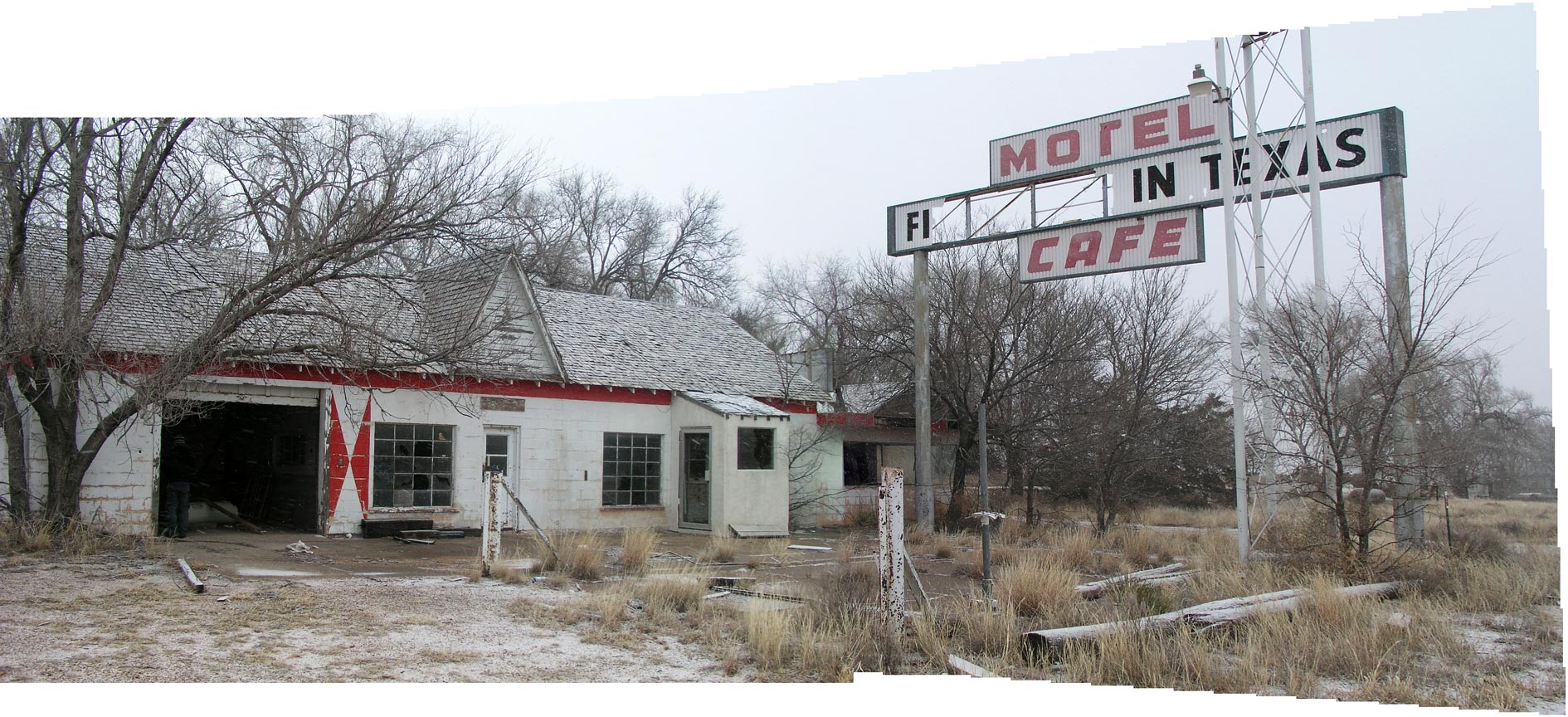
"First in Texas - Last in Texas" motel ruins on the border of New Mexico and Texas
Facebook Groups at; Memories of... Dallas, Texas, Football in Texas, Texas Music, Memories From a Texas Window and Dallas History Guild. Come visit!
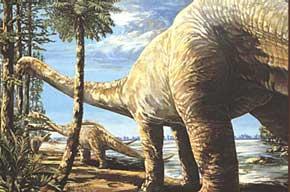
Texas State Dinosaur
Paluxysaurus Jonesi
North and central parts of Texas about 95 to 112 million years ago
Blue Lacy

Official State Dog Breed of Texas
Texas designated Blue Lacy as the official state dog breed on June 18, 2005. All State Dogs
The Blue Lacy dog breed was developed in the mid 1800's by the Lacy Brothers of Burnet County, Texas (Frank, George, Edwin, and Harry Lacy). The family is said to have used greyhound, scent-hound, and coyote stock. The Blue Lacy is officially recognized by the National Kennel Club (NKC).
The Blue Lacy has a smooth, sleek coat (usually gray, sometimes red or cream, with some white on the chest and sometimes on the paws). Adults are 18-25 inches at the shoulder and weigh 25 - 50 pounds, with unique yellow to orange colored eyes. The blue lacy has a natural herding instinct which enables it to work everything from chickens to the toughest Texas Longhorn cattle. The breed is known to be extremely intelligent and very easy to train.
The Blue Lacy was thought to have been the inspiration for the novel Old Yeller
http://mailchi.mp/tshaonline/youre-invited-to-2-free-events?e=976f8a6687
Texas Talks: Tom Lea
Online Webinar | October 25 | 7:00 pm CT/6:00 pm MT
We also encourage you to join us for the next event in our FREE online Texas Talks series, "Tom Lea." Learn more about the Renaissance man from El Paso during this exclusive webinar led by Adair Margo, founder of the Tom Lea Institute.
Bootlegging in the Borderlands
Bullock Texas State History Museum | Austin, TX | October 10 | 7:00 - 8:30 pm
You are invited to "Bootlegging in the Borderlands," a unique, after-museum hours event on October 10th at the Bullock Texas State History Museum.
Texas Talks: Tom Lea
Online Webinar | October 25 | 7:00 pm CT/6:00 pm MT
We also encourage you to join us for the next event in our FREE online Texas Talks series, "Tom Lea." Learn more about the Renaissance man from El Paso during this exclusive webinar led by Adair Margo, founder of the Tom Lea Institute.
Bootlegging in the Borderlands
Bullock Texas State History Museum | Austin, TX | October 10 | 7:00 - 8:30 pm
You are invited to "Bootlegging in the Borderlands," a unique, after-museum hours event on October 10th at the Bullock Texas State History Museum.
Facebook Groups at; Memories of... Dallas, Texas, Football in Texas, Texas Music, Memories From a Texas Window and Dallas History Guild. Come visit!
Not a border land, but......Assassin said:
http://mailchi.mp/tshaonline/youre-invited-to-2-free-events?e=976f8a6687
Bootlegging in the Borderlands
Bullock Texas State History Museum | Austin, TX | October 10 | 7:00 - 8:30 pm
You are invited to "Bootlegging in the Borderlands," a unique, after-museum hours event on October 10th at the Bullock Texas State History Museum.
WILKINSON, TEXAS. Wilkinson is at the junction of Farm roads 71 and 1402, between White Oak Creek and Sulphur River thirteen miles north of Mount Pleasant in northern Titus County. Until well into the twentieth century the area between White Oak Creek and Sulphur River, known locally as "between the creeks," was an isolated, heavily wooded area considered inferior for farming. The roads were poor, and inhabitants generally had few contacts with other parts of the county. Wilkinson, which was probably first called New Bethlehem and later Pad's Chapel (most likely named after early settler Pad Harris), grew up in the 1870s around the road from Mount Pleasant to Clarksville, one of the few roads in the area. In 1888, when the post office was established, the town was called Wilkinson after a local family. It probably reached its fullest development in 1896, when it had a Baptist church, three stores, a gin, a mill, a wagon maker, and a newspaper, the Free Press, edited by the populist district clerk, J. Ab Ward. Since the census of 1900 did not include Wilkinson in its list of towns with a population of 100 or more, and the area was never very heavily populated, the population estimate of 600 given in 1896 was probably highly exaggerated. The town declined steadily during the early years of the twentieth century, and the post office was closed in 1914. During the years between World War I and World War II, the town came to be known unofficially as Sugar Hill. Sources differ as to the origin of the name. Some claim that Sugar Hill was named for Sug Harris, the wife of pioneer Pad Harris, while others say that the girls in the region were "sweet as sugar." Many residents believe that the large volume of sugar that was transported into the region to make moonshine inspired the nickname. The production of bootleg whiskey became one of the chief occupations of area residents. During this period the town began to grow again, particularly after oil was discovered in what was dubbed the Sugar Hill oil field in the late 1930s. The Wilkinson School District had an African-American school and an Anglo school in the 1930s. In 1950 the town's inhabitants voted a bond issue to build a modern brick school. Oil production in the area declined, however, and by 1976 the school had closed. In 1986 and 1990 Wilkinson had two churches and a reported population of thirty-nine. That figure climbed to 150 in 2000. Many residents still referred to the community as Sugar Hill, and that name appeared on county highway maps.
Waco Village--- 1854 Map

Former Texas Governor and Baylor Alum Anne Richards

1954 Baylor senior picture
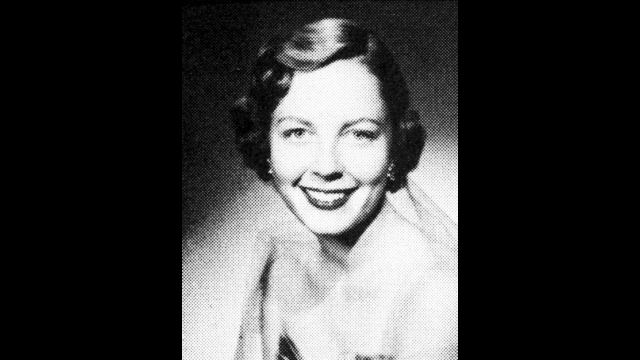

1954 Baylor senior picture

https://goo.gl/images/TDZf7u
1916
The white mob looks on after burning and hanging Jesse Washington in Waco, Texas. This photo is not for kids or the faint of heart.
After deliberating for 4 minutes, the all white jury found the illiterate 17 yr old guilty of bludgeoning and raping an old woman. Following the verdict, the crowd surged forward, grabbed Washington and proceeded to lynch him.
1916
The white mob looks on after burning and hanging Jesse Washington in Waco, Texas. This photo is not for kids or the faint of heart.
After deliberating for 4 minutes, the all white jury found the illiterate 17 yr old guilty of bludgeoning and raping an old woman. Following the verdict, the crowd surged forward, grabbed Washington and proceeded to lynch him.
Telephus Telemachus Louis Augustus Albertus Johnson, who died in Waco in 1875,
was originally buried in historic First Street Cemetery. His remains were later reinterred
in Oakwood Cemetery, which laid to rest the myth that he was buried sitting at a poker
table with a bottle of whiskey in one hand and a six-shooter in the other.
was originally buried in historic First Street Cemetery. His remains were later reinterred
in Oakwood Cemetery, which laid to rest the myth that he was buried sitting at a poker
table with a bottle of whiskey in one hand and a six-shooter in the other.
Early Waco settler and merchant, George Barnard, was a natty dresser, ordering his
clothing from Lockwood & Dubois in New York City. He paid $35 each for dress coats,
$7.50 - $9 for silk vests, and $15 for cashmere pants. In 1830, he began to wear silk
underwear.
clothing from Lockwood & Dubois in New York City. He paid $35 each for dress coats,
$7.50 - $9 for silk vests, and $15 for cashmere pants. In 1830, he began to wear silk
underwear.
The invention of Dr Pepper at the Old Corner Drug Store in Waco in 1885 preceded the
invention of Coca-Cola by one year.
invention of Coca-Cola by one year.
During the blizzard of 1899, the temperature tumbled to 10 degrees below zero, and
people ice-skated on the Brazos River
people ice-skated on the Brazos River
McLennan County produced six Civil War Generals and sent over 2,200 troops to fight
for the Confederacy out of a population of only about 8,000. Gravesites for some of
these generals can be found at the 1st St. Cemetery in Ft. Fisher Park.
for the Confederacy out of a population of only about 8,000. Gravesites for some of
these generals can be found at the 1st St. Cemetery in Ft. Fisher Park.

Tamale industry in Brownsville, 1939 History By Zim
A view showing the Tamale industry in Brownsville Market plaza in 1939. These tamales just happen to be "Life Saving."
Facebook Groups at; Memories of... Dallas, Texas, Football in Texas, Texas Music, Memories From a Texas Window and Dallas History Guild. Come visit!
Tourist businesses abounded back when Waco was the premier stop on the Meridian Highway







Baylor University Students 1914
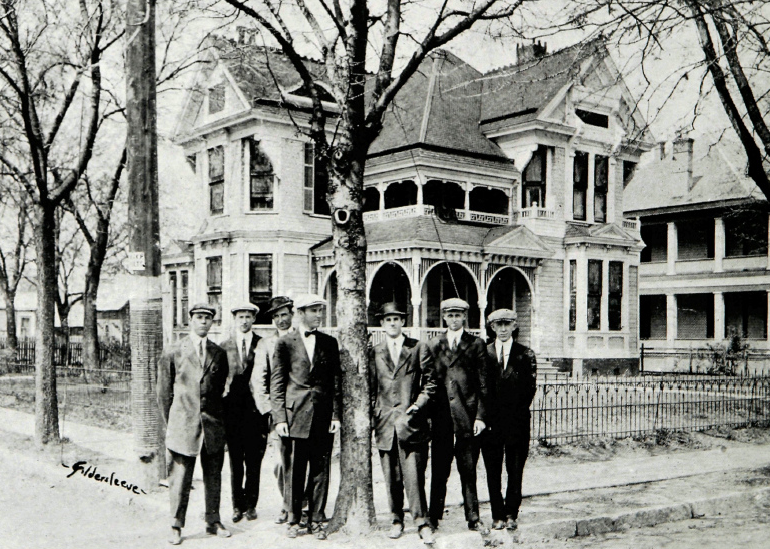

BU84BEAR said:
Tourist businesses abounded back when Waco was the premier stop on the Meridian Highway
I remember the old Dallas Hwy - going to Dallas through Hillsboro, Itasca, Waxahachie, Italy - I think it was 77 at that time before I35 was complete.
Facebook Groups at; Memories of... Dallas, Texas, Football in Texas, Texas Music, Memories From a Texas Window and Dallas History Guild. Come visit!
History of the Meridian Highway in Waco, and its effect on Waco.
http://www.thc.texas.gov/public/upload/preserve/survey/highway/Waco%20Case%20Study%20final.pdf
http://www.thc.texas.gov/public/upload/preserve/survey/highway/Waco%20Case%20Study%20final.pdf

Cornelia Smith (left) and Irene King fishing in the Brazos River near Waco, 1910s.
Galveston Causeway 1910's-40's


For you youngsters. This is a photo of how the cowboys of old Waco got their grub.
I give you.... a Chuckwagon.......

I give you.... a Chuckwagon.......

Turn of the century cotton yard in Waco, Texas (Jan 14, 1908)


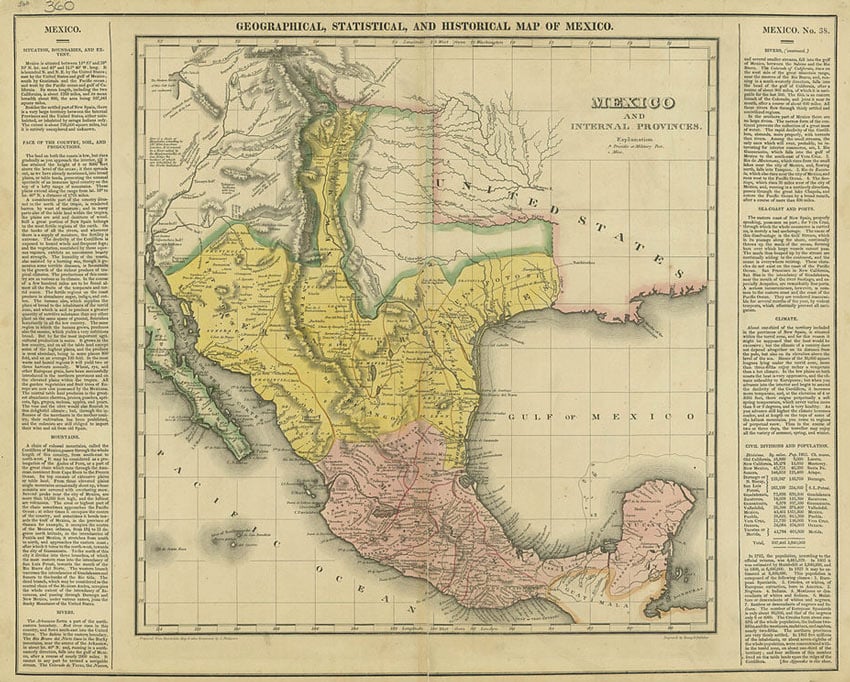
If you look closely, you can see how the old Mexican border followed on or around from northern New Mexico down the Rio Grande until just about what is now Big Bend National Park. There it cuts eastward across present Texas to Louisiana.
That line across Texas is kinda curious - there is no natural river or boundary that follows that path. In those days, you usually followed something natural - or a parallell between states or countries. Anyone know the reason for that?
Facebook Groups at; Memories of... Dallas, Texas, Football in Texas, Texas Music, Memories From a Texas Window and Dallas History Guild. Come visit!
Assassin said:
If you look closely, you can see how the old Mexican border followed on or around from northern New Mexico down the Rio Grande until just about what is now Big Bend National Park. There it cuts eastward across present Texas to Louisiana.
That line across Texas is kinda curious - there is no natural river or boundary that follows that path. In those days, you usually followed something natural - or a parallell between states or countries. Anyone know the reason for that?
The boundaries of the Louisiana purchase in the agreement itself were very vague, so the final boundaries came later.
The setting of fixed boundaries awaited negotiations with Spain and Great Britain. The exasperating dispute with Spain over the ownership of West Florida and Texas was finally settled by the purchase of the Floridas from Spain in 1819 and the establishment of a fixed southwest boundary line. This line followed the Sabine River from the Gulf of Mexico to the parallel of 32 N; ran thence due north to the Red River, following this stream to the meridian 100 W; thence north to the Arkansas River and along this stream to its source; thence north or south, as the case might be (the source of the Arkansas was not then known), to the parallel of 42 N and west along this line to the Pacific Ocean. The northern boundary was amicably established by an Anglo-American convention in 1818. It established the 49 parallel N between the Lake of the Woods and the Rocky Mountains as the American-Canadian border. The Rocky (then referred to as "Stony") Mountains were accepted as the western limit of the Louisiana Territory, and the Mississippi River was considered for all practical purposes the eastern boundary of the great purchase. Much of the territory turned out to contain rich mineral resources, productive soil, valuable grazing land, forests, and wildlife resources of inestimable value. Out of this empire were carved in their entirety the states of Louisiana, Missouri, Arkansas, Iowa, North Dakota, South Dakota, Nebraska, and Oklahoma; in addition, the area included most of the land in Kansas, Colorado, Wyoming, Montana, and Minnesota.
Details in the post above, but in short, it was dependant on whether Spain or France controlled that territory at the time of the Louisiana purchase by the US from France.
I would add that the older maps were kinda skewed. Not porptional to the precise maps of today.BU84BEAR said:Assassin said:
If you look closely, you can see how the old Mexican border followed on or around from northern New Mexico down the Rio Grande until just about what is now Big Bend National Park. There it cuts eastward across present Texas to Louisiana.
That line across Texas is kinda curious - there is no natural river or boundary that follows that path. In those days, you usually followed something natural - or a parallell between states or countries. Anyone know the reason for that?
The boundaries of the Louisiana purchase in the agreement itself were very vague, so the final boundaries came later.
The setting of fixed boundaries awaited negotiations with Spain and Great Britain. The exasperating dispute with Spain over the ownership of West Florida and Texas was finally settled by the purchase of the Floridas from Spain in 1819 and the establishment of a fixed southwest boundary line. This line followed the Sabine River from the Gulf of Mexico to the parallel of 32 N; ran thence due north to the Red River, following this stream to the meridian 100 W; thence north to the Arkansas River and along this stream to its source; thence north or south, as the case might be (the source of the Arkansas was not then known), to the parallel of 42 N and west along this line to the Pacific Ocean. The northern boundary was amicably established by an Anglo-American convention in 1818. It established the 49 parallel N between the Lake of the Woods and the Rocky Mountains as the American-Canadian border. The Rocky (then referred to as "Stony") Mountains were accepted as the western limit of the Louisiana Territory, and the Mississippi River was considered for all practical purposes the eastern boundary of the great purchase. Much of the territory turned out to contain rich mineral resources, productive soil, valuable grazing land, forests, and wildlife resources of inestimable value. Out of this empire were carved in their entirety the states of Louisiana, Missouri, Arkansas, Iowa, North Dakota, South Dakota, Nebraska, and Oklahoma; in addition, the area included most of the land in Kansas, Colorado, Wyoming, Montana, and Minnesota.
If you follow the Sabine on todays maps, it runs from Toledo Bend up and over Texas more or less toward Dallas. A bit difficult to trace as most of today's lakes are manmade and our rivers have been re-routed. Looks like it starts at Lake Tawakoni
Facebook Groups at; Memories of... Dallas, Texas, Football in Texas, Texas Music, Memories From a Texas Window and Dallas History Guild. Come visit!
curious what the term "tarviated" meant;BU84BEAR said:
History of the Meridian Highway in Waco, and its effect on Waco.
http://www.thc.texas.gov/public/upload/preserve/survey/highway/Waco%20Case%20Study%20final.pdf
https://books.google.com/books?id=uiwyAQAAMAAJ&pg=PA355&lpg=PA355&dq=tarviated&source=bl&ots=MYSiLR5_aw&sig=lCbqFEWb35-5To7z1gsMUF247_Y&hl=en&sa=X&ved=0ahUKEwjsyOH8x8_WAhVplFQKHdErAR0Q6AEIMDAC#v=onepage&q=tarviated&f=false
Facebook Groups at; Memories of... Dallas, Texas, Football in Texas, Texas Music, Memories From a Texas Window and Dallas History Guild. Come visit!

Facebook Groups at; Memories of... Dallas, Texas, Football in Texas, Texas Music, Memories From a Texas Window and Dallas History Guild. Come visit!
Featured Stories
See All
Analyzing the Commitments: Bears Elevate Secondary With Key Safety Additions
by Grayson Grundhoefer
Postgame Show: Robert Wright Joins After Bears Beat Cincinnati
by SicEm365 Staff
Dr.PierceMPH
Running Transfer Portal and Recruiting Updates (1/6-1/13)
in SicEm365 Premium Insider
5




